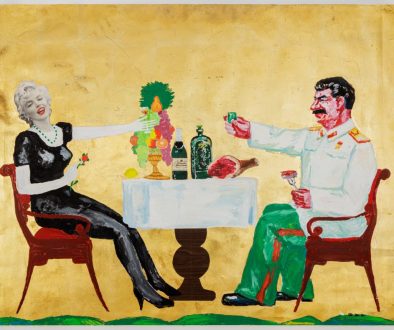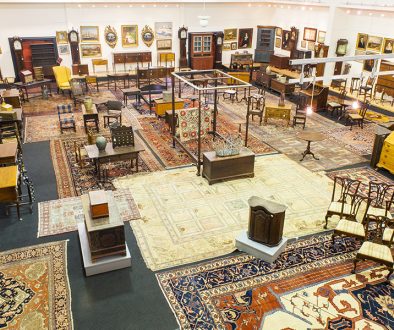Indian Peace Medals
The Garvan Family collection of Presidential Indian Peace medals, along with the George Washington medal from a U.K. collection, tell the story of westward expansion and European and Native American relations. Diplomatic gifts, Indian peace medals were intended to promote peace and friendship between European settlers and Native Americans. They were presented to Native American chiefs and dignitaries on significant occasions. While also struck by European governments and fur companies, the largest number were issued by the United States government between 1789 and 1889. The first medals created during George Washington’s term of office were engraved with figures of a Native American and Minerva, representing America. Later medals were struck by the United States Mint in Philadelphia, including the Jefferson medals Lewis and Clark famously took along on their 1804 expedition to the Pacific Ocean. These were the first to bear the image of an American president, with symbolic decoration on the reverse of clasped hands and a crossed tomahawk and peace pipe, with the words “Peace and Friendship.”
The medals provide material evidence of the rhetoric of a succession of government administrations as they sought to appear to be dealing fairly with the Native Americans. As European settlers expanded across North America, in the full belief that their dominion was destined by God, harmony and equality were hollow words. With successive years of Westward movement, the Presidential Indian Peace medals depict the progressive terms of peace through their iconography, as artists made decisions how best to portray the ideal of peace. In looking at the medals, the story is told in the background scenes on the reverse. As noted by Klaus Lubbers, the compositional rhetoric of the medals changed along two paths. First, the previously symmetrical depictions of Native American and white subjects became imbalanced, the European American figure moving towards a central position and the Native American pushed to the periphery. Secondly, representations of European ideas of civilization and commerce began to crowd the background, denoting that the terms of peace had evolved from agreement between parties to capitulation to European ways. On only the second Presidential medal issued by George Washington, the symbolism begins on the Native American half of the background. Formerly blank, Beatrice Garvan notes “Here the Indian is now on the white man’s ground… as seen by the team of oxen plowing in neat furrows, showing a further step in the white man’s taming of lands and people.”
By: Cynthia Beech Lawrence
Sources:
Garvan, Beatrice, “Philadelphia: Three Centuries of American Art,” Philadelphia Museum of Art, 1976.
Lubbers, Klaus, “Strategies of Appropriating the West: The Evidence of Indian Peace Medals,” American Art, Vol. 8, 1994.
Nash, Stephen, “Were Peace Medals the Price of Loyalty?,” 5 October, 2017, SAPIENS.org





Indian Peace Medals Lot numbers: 389 and Garvan collection Lots 480A-480O




